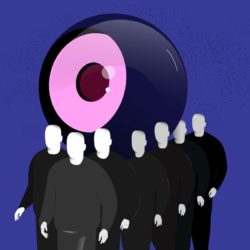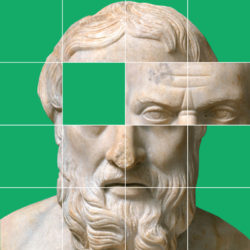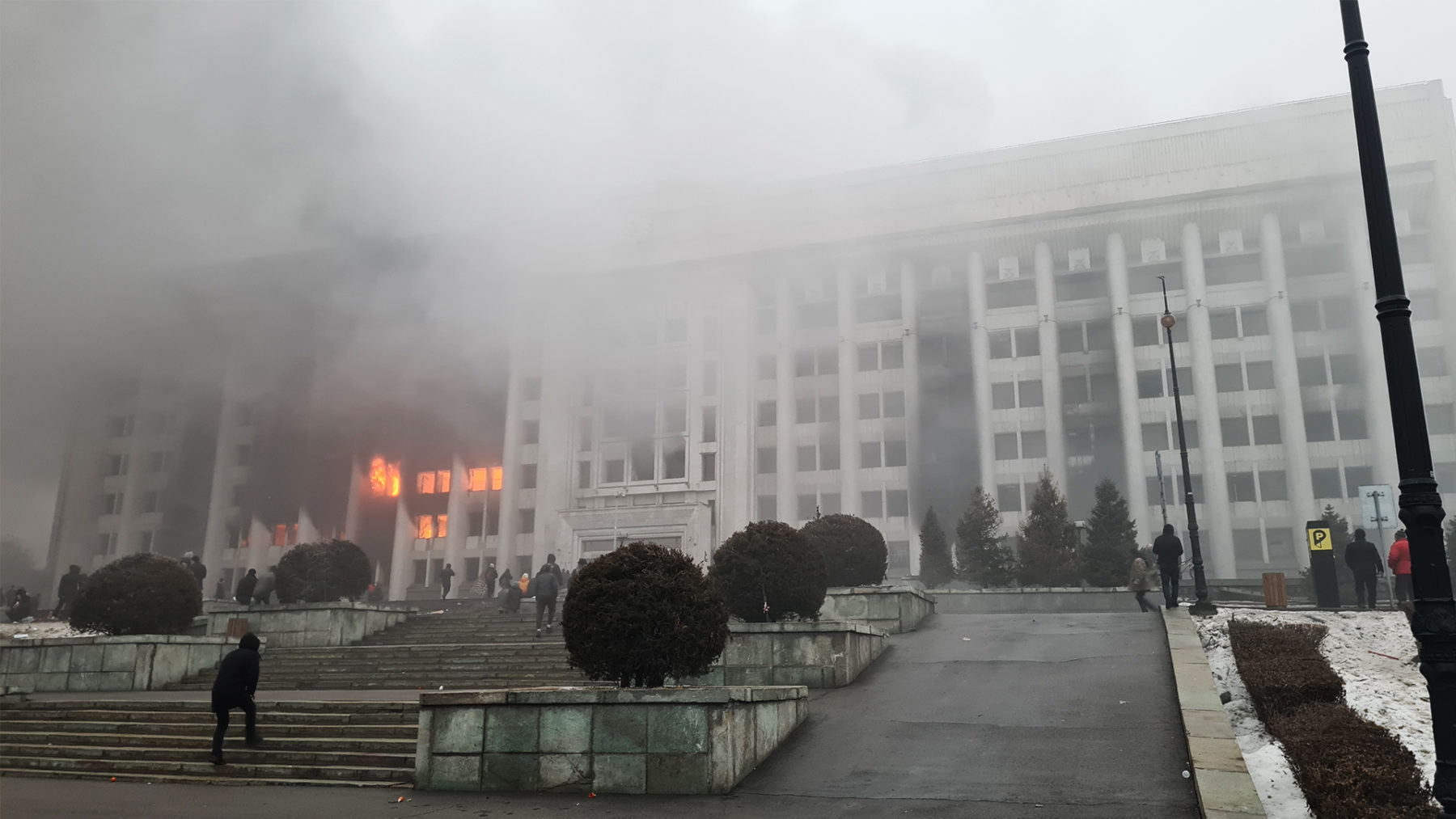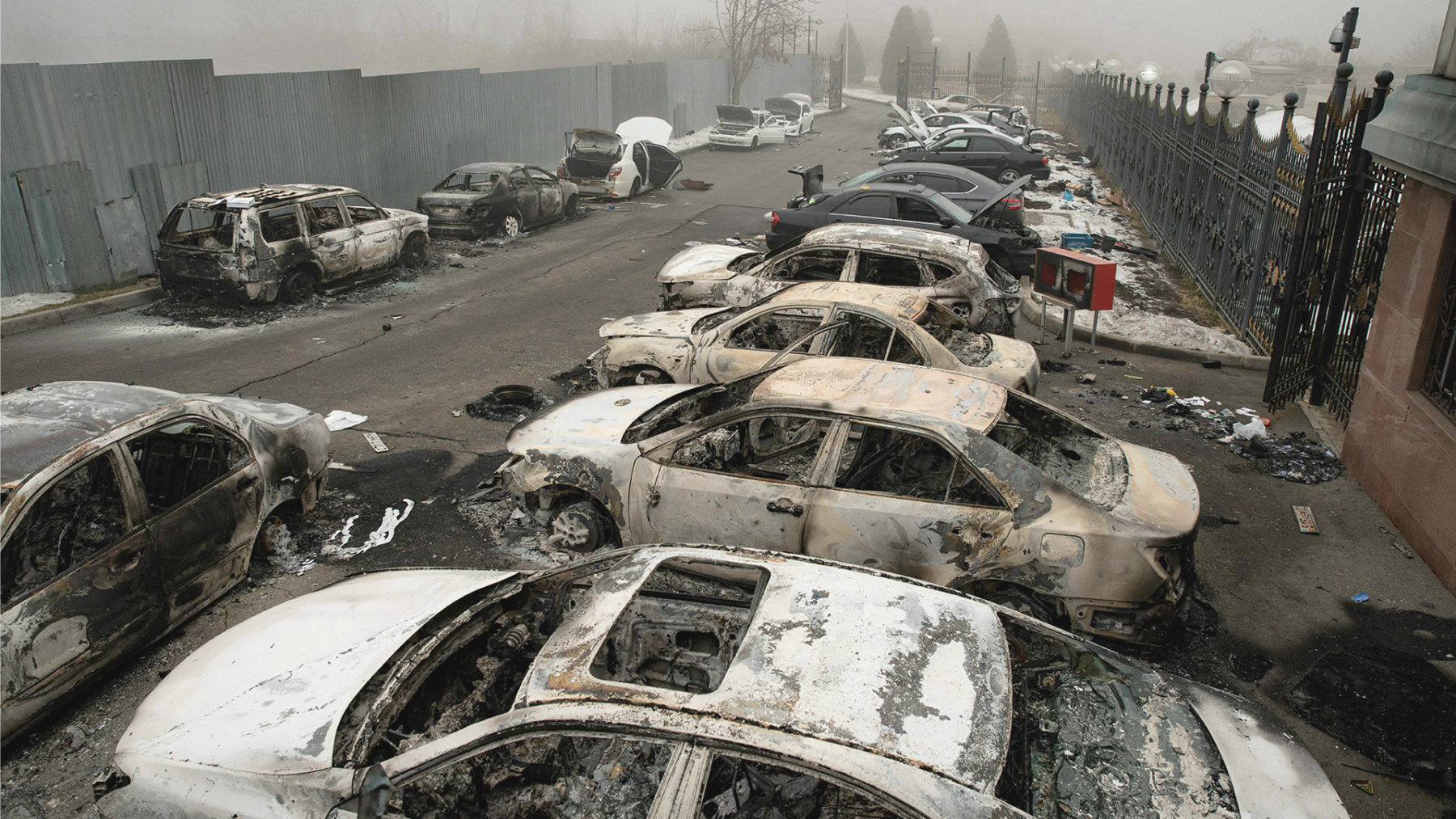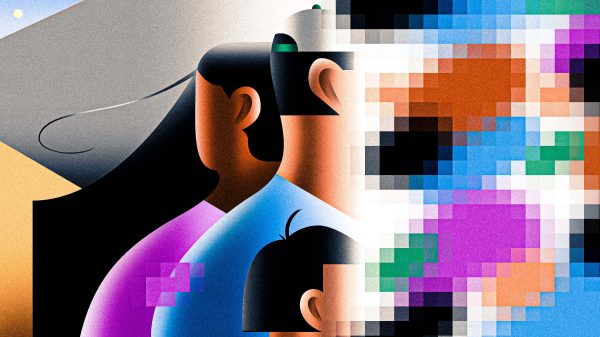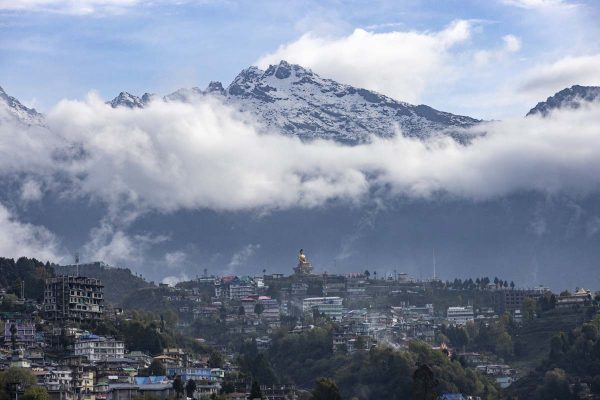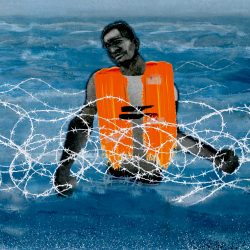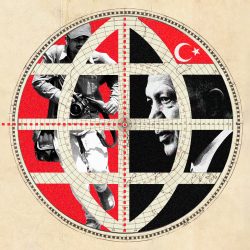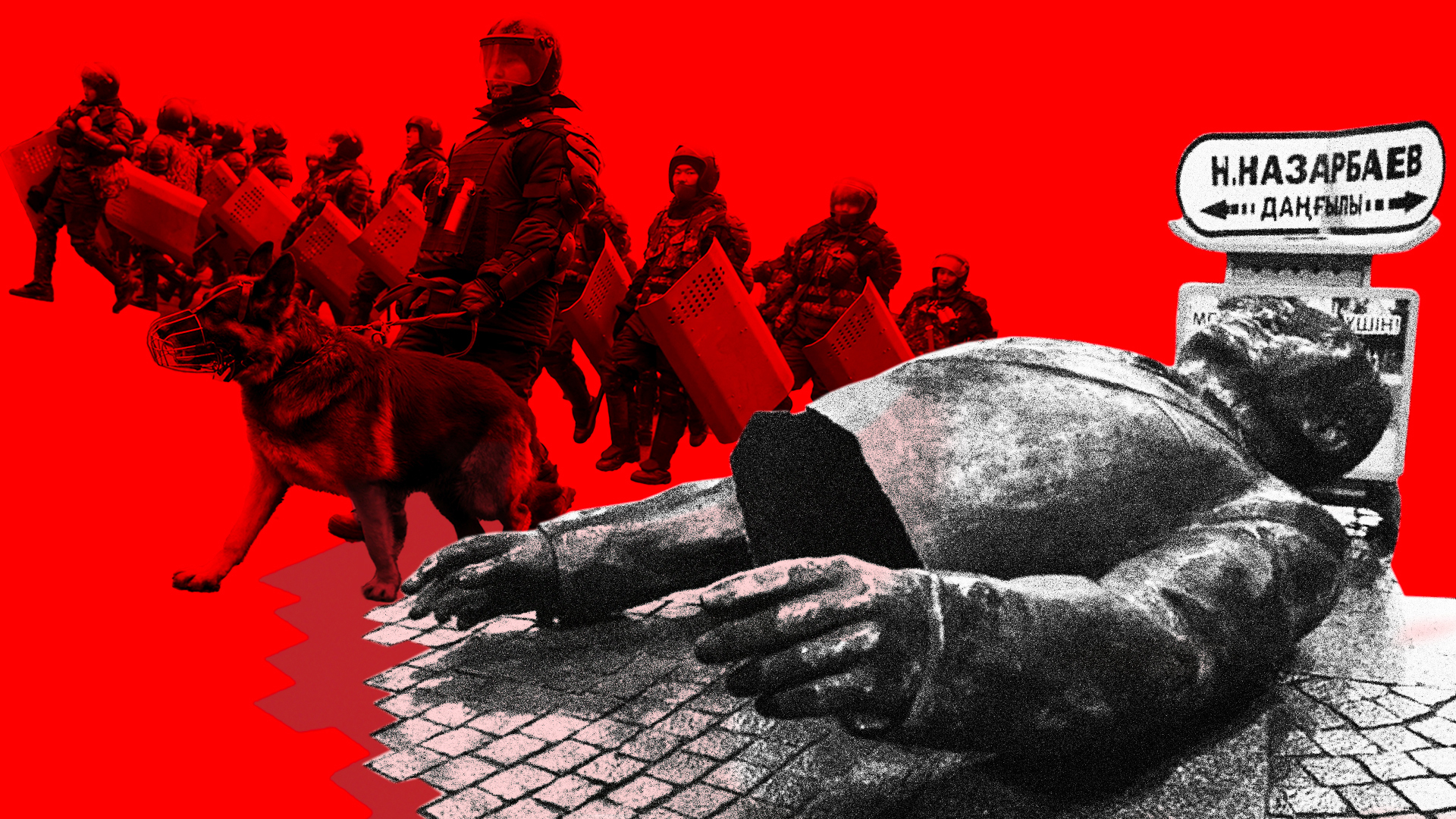
An anti-Soviet protest in Kazakhstan haunts the country’s current unrest
Kazakhstan President Kassym-Jomart Tokayev ordered security forces to fire without warning against protesters he called “thugs and terrorists” that need to be “destroyed.” More than 2,000 Russian troops have set up security bunkers on the streets of Almaty, the country’s biggest city. Amid gunshots and explosions, dead bodies lie on major roads. The government has shut down the internet. These protests, which began on January 2, are the largest in the country in recent memory.
But 34 years ago, there was another seismic protest in Almaty. In December 1986, Almaty — then called Alma-Ata — was the site of some of the first large demonstrations protesting communist rule. When Mikhail Gorbachev, then president of the Soviet Union, installed an ethnic Russian with no connection to or knowledge of Kazakhstan to head the Kazakh Soviet Republic, students took to the streets.
Moscow sent in armed forces to violently suppress the crowds. Estimates range widely from 10 to 170 casualties. Over 2,000 people were wounded. The tragedy came to be known as Zheltoksan, which means December in Kazakh.
Then the whole thing was swept under the rug.
For years, Zheltoksan was not talked about — in Kazakhstan or anywhere in the former Soviet Union. Like scores of other rebel acts and repressive countermeasures in the Soviet Union, Zheltoksan pixelated into visual fragments, shards of aging memory hidden from history.
But amid the current unrest, the 1986 protests have been mentioned over and over on social media. Coda Story spoke to historians, sociologists and local journalists to understand Zheltoksan’s significance, how the trauma of suppressed historical memory impacts the thinking of protestors battling Kazakh and imported Russian police on the street’s of Kazakhstan’s far-flung, freezing cities.
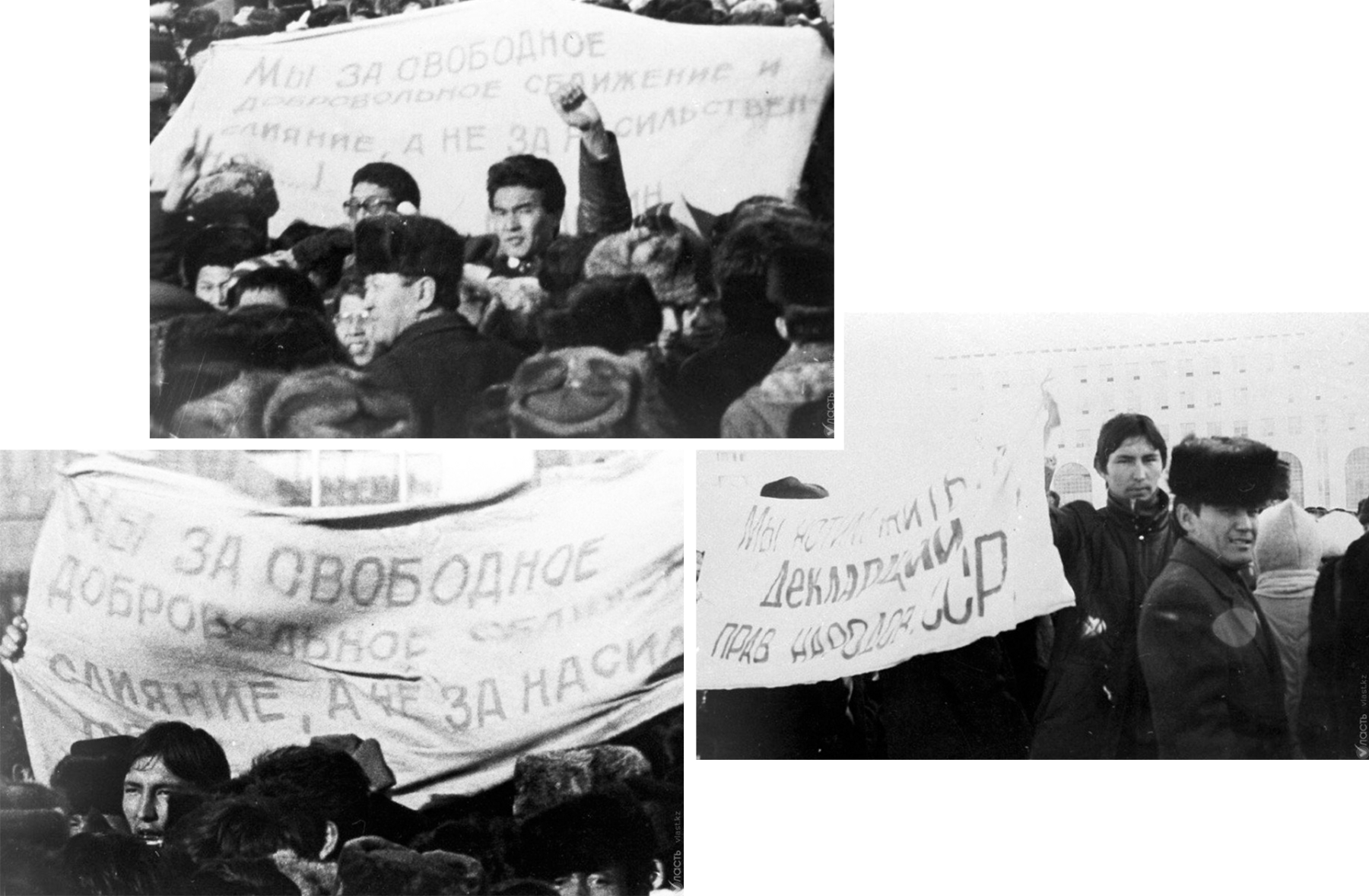
In 1986 Kazakhstan was one of the first places where anti-Soviet protests started. Why there? What does it tell us about the political climate in Kazakhstan at that moment in history?
In 1986 Mikhail Gorbachev, then General Secretary of the Communist Party of the Soviet Union, made a big mistake, explained Nari Shelekpayev, associate professor of history at European University at St. Petersburg. He replaced the ethnic-Kazakh leader of the Soviet Republic of Kazakhstan with Gennady Kolbin, an ethnic Russian, who knew nothing about the country. This triggered the youth and intelligentsia.
“Kolbin didn’t spend a day in Kazakhstan, didn’t know Kazakh language, and he wasn’t familiar with Kazakh culture and politics. Ergo, his appointment was perceived as an insult by many Kazakhstanis. For by 1986 this country played an important role in the Soviet Union: it was the second republic by size, fourth by population, and its industrial and agricultural input was enormous,” said Shelekpayev.
One of the reasons anti-Soviet protests first erupted in Kazakhstan comes as a surprise to many is the false stereotype that Kazakhs are political conformists reluctant to upset the status quo.
“Kazakhs protested many times during the 20th century. They protested before the communists — let me remind you about the Central Asian revolt of 1916, which anticipated the 1917 Revolution, and they also protested after 1991. There were many worker’s protests in the 1990s, for example,” Shelekpayev said, pointing to a dearth of media coverage.
Back then the protests were violently put down. The country’s independence followed just five years later. What significant impact did they have?
For many people in Kazakhstan, the protests in 1986 are considered the first blow to the Soviet Union’s hold over the republics, said Aitolkyn Kourmanova, the senior editor of Central Asia Analytical Network at George Washington University. “That was the first display of the fact that the Soviet Union was not so uniform and the fact that the republics really wanted independence, which they achieved in five years.”
The legacy of the 1986 protests has continued to shape political protests in Kazakhstan to this day. “In one way or another, they all go back to December 1986. It was a very defining moment in our history,” said Diana Kudaibergenova, who researches nationalism and political art in Central Asia at the University of Cambridge.
She points to the civil rights movement Wake Up, Kazakhstan, which invoked December 1986 in their own protests. In 2019, when the group first emerged, activists gathered at Republic Square, formerly called Brezhnev Square, where the 1986 protests took place. They raised hands wrapped in red cloth to symbolize the blood they said was on the regime’s hands.
But the memory of the 1986 Zheltoksan protests is severely fractured.
“We never know what to call these things,” said Kudaibergenova. “We still call the 1986 protests as events. Or in Russian, uprisings sometimes. But in Kazakh or in English, every time we write it, it’s always events because we don’t know what kind of vocabulary to use. It’s a traumatic event, but also it’s one that people are still trying to make sense of.”
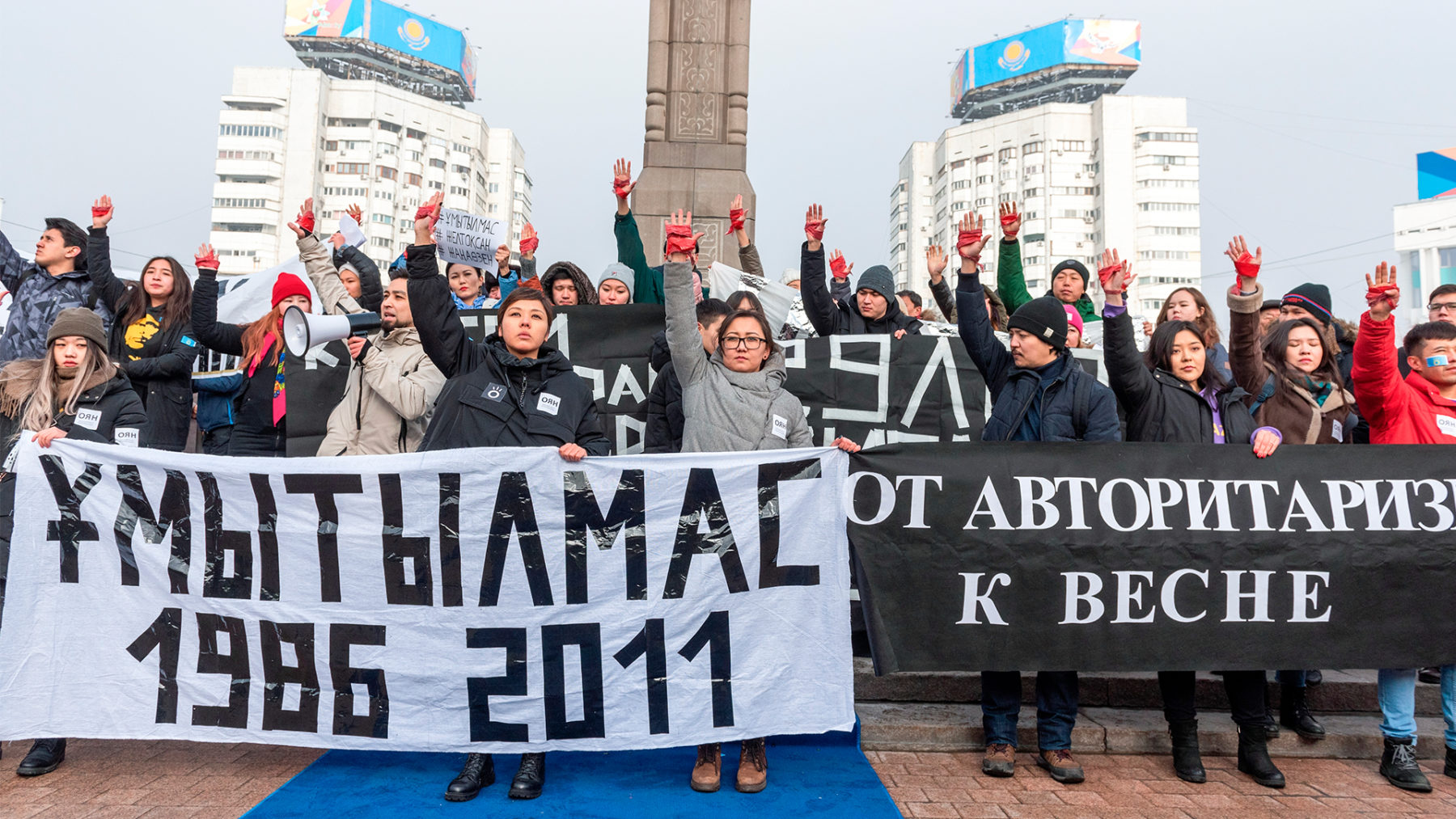
Zheltoksan is tremendously important yet never discussed. Why?
Zheltoksan is omitted from Kazakhstan’s history books. It’s not by mistake, said Kudaibergenova.
With the power of the Soviet Union waning and the cracks in the relationship between Moscow and the republics starting to show, Gorbachev tried to keep the protests in Kazakhstan from spiraling.
“They tried to silence it. They tried to forget about it. That erasure is very important,” Kudaibergenova said.
The protests were kept under wraps. Students were branded as hooligans, drunks and drug users. People who participated in the protests and survivors of the violent crackdown were silenced.
The Soviet leadership in Moscow also tried to pass off the protests as a provincial issue. “They tried to localize this conflict so that it wouldn’t grow further to some bigger conflictual situation.”
It worked. Many people across Central Asia don’t remember 1986, when in fact it was a defining moment in the Soviet Union’s crack-up. Kudaibergenova is unsure how much fault lies with Soviet historical suppression and now much to blame Kazakhstan’s failure to recapitulate its own history.
“It’s very much telling that we’re still trying to formulate that particular history and that particular discourse. For me, it’s still very unfinished business.”
How has the Kazakh regime framed the protests of 1986?
The 1986 protests bolstered the power and influence of Kazakhstan’s founding dictator, Nursultan Nazarbayev, a towering figure in Kazakhstan’s politics, who in 1986 held the position of prime minister of the Kazakh Soviet Socialist Republic. He became the first president of Kazakhstan in 1990 and ruled until 2019 when he was replaced by his handpicked successor, the current president, Kassym-Jomart Tokayev.
Nazarbayev attempted to fit Zheltoksan into a self-serving narrative, while ignoring his own role in the events that precipitated the protests and what he could have done to prevent the violent response directed by Moscow. It’s a tricky line to walk.
“For the political system at this moment, which is a continuity of Nazarbayev rule from the 1990s, it’s inconvenient to discuss Zheltoksan as it was because some current or past leaders of the country were either part of the government in 1986 or participated in the repression against the protesters after the events,” said Nari Shelekpayev, associate professor of history at European University at St. Petersburg.
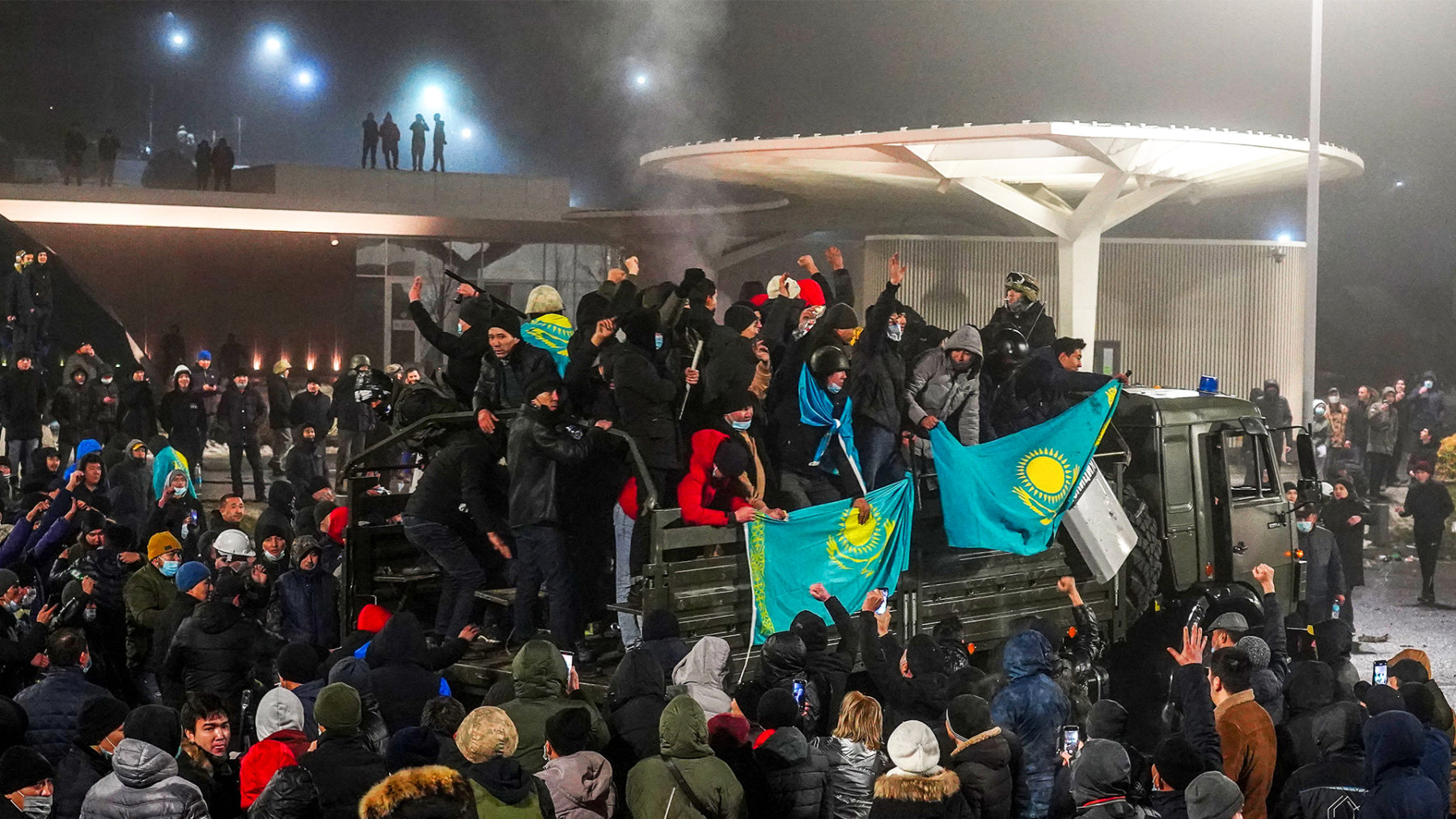
This crisis is the worst violence in Kazakhstan since the 1990s. Abduaziz Madyarov /AFP via Getty Images
From the outside, it appears as if these latest protests came out of nowhere. The official cause is the rising liquid gas prices, but very quickly people demanded the government resign. What are these protests really about?
“To be honest, I understand why many people had the impression that it was sudden because there has never been anything like that in the history of modern Kazakhstan,” said Assem Zhapisheva, a journalist based in Almaty and founder of Masa Media, a digital newsroom.
In reality, tension has been building amid pandemic mismanagement, rampant corruption, wealth disparity and social stratification.
The rising gas prices were not just an economic reason behind the uprising, but also a political one, said Aigerim Toleukhanova, a journalist from Kazakhstan and a non-resident fellow at the Atlantic Council. “Kazakhstan is so rich in oil and natural gas, but clearly people do not benefit from these things. So I think it just shows that it reached this point where people would say that enough is enough.”
The story you just read is a small piece of a complex and an ever-changing storyline that Coda covers relentlessly and with singular focus. But we can’t do it without your help. Show your support for journalism that stays on the story by becoming a member today. Coda Story is a 501(c)3 U.S. non-profit. Your contribution to Coda Story is tax deductible.
